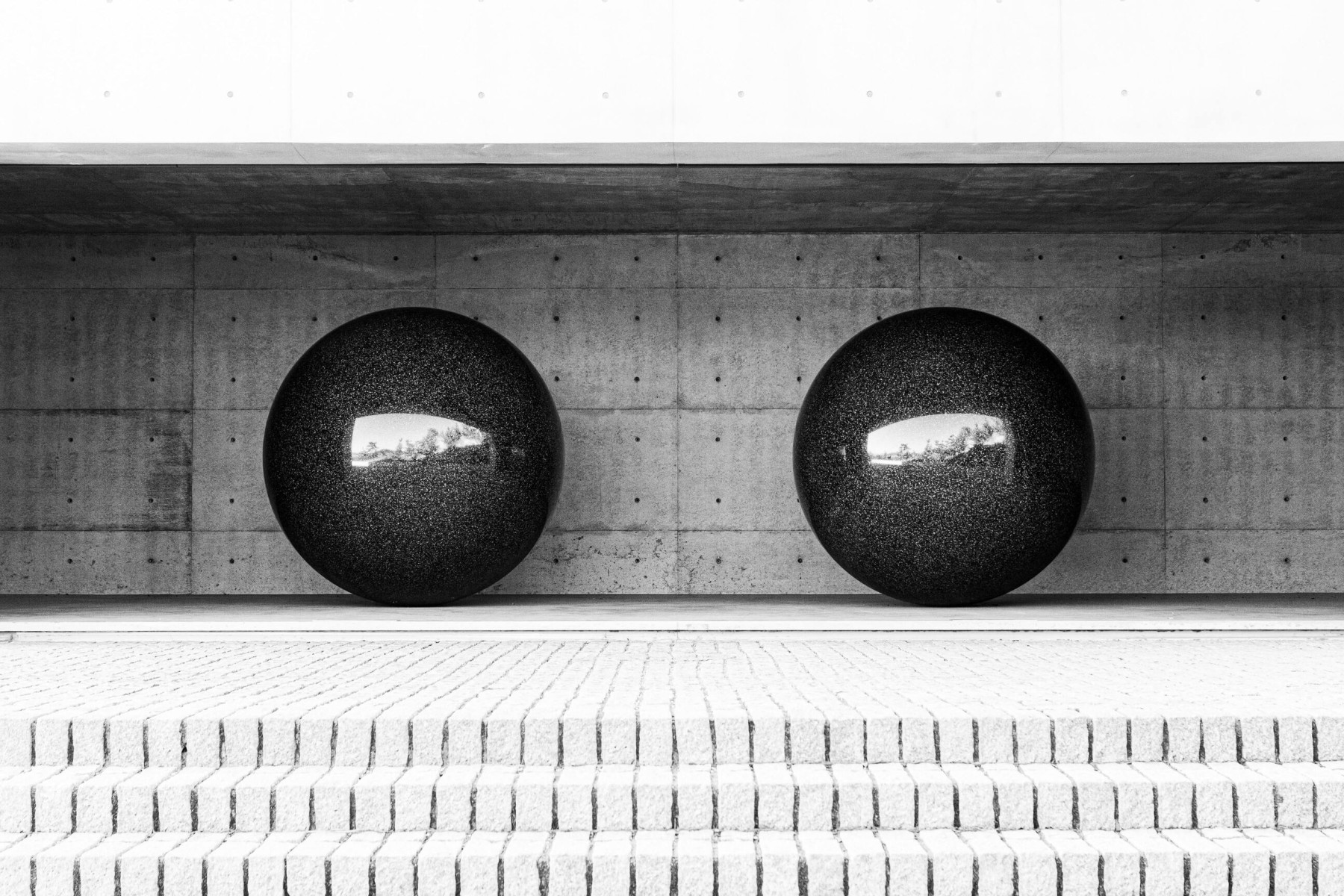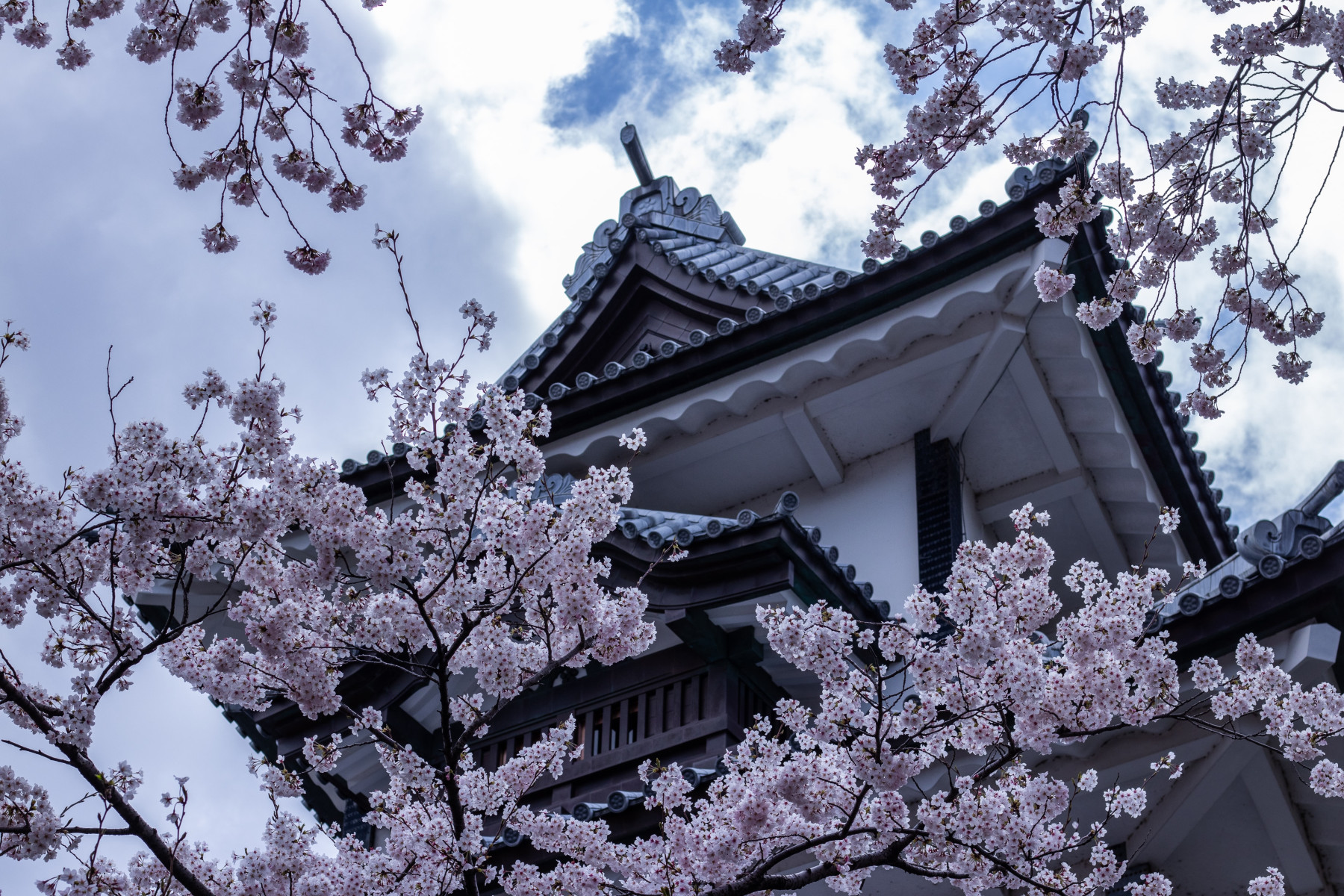Islands of Art: Travel to Japan returns again
30 Nov 2022Japanese tourism rose to new heights in 2019 as the country welcomed five times the amount of visitors they had a decade earlier. Before the pandemic altered travel, the 2020 Olympics were anticipated to invite even more tourists. As travel restrictions ease again, it's no surprise our members have become increasingly interested in visiting Japan, East Asia's premier travel destination.
The world's most populous city should have a world-class art scene, and Tokyo does. An affinity for contemporary architecture is made immediately clear looking at the cities art institutions. Pritzker Award winners Taodo Ando and the duo of Kazuyo Sejima and Ryue Nishizawa designed the 21_21 Design Sight museum and the Sumida Hokusai museum, respectively. Sejima and Nishizawa are also responsible for the celebrated design of our partner art space, The New Museum.
The National Art Center of Tokyo, designed by capsule tower creator Kisho Kurokawa, and the National Museum of Western Art, the Le Corbusier designed UNESCO World Heritage Site, represent more of the masterfully designed museums in Japan's Capital. In addition to the external appeal, these museums, along with the Mori Art Museum and National Museum of Modern Art, present equally fascinating work within their walls.
On the gallery front, the Taka Ishii Gallery of Photography and Whitestone's two Ginza locations are the must-see spaces. The Ginza Six shopping complex consistently presents monumental public art exhibitions. TeamLAB's permanent "Borderless" exhibition, set to reopen in 2023, is the most visited museum dedicated to a single artist or group in the world.
Tokyo is also home to a museum dedicated to perhaps the most famous contemporary Japanese artist, Yayoi Kusama Museum. Kusama also has public art on view at the art-filled island of Naoshima, one of Japan's gems. After being washed away by a typhoon in 2021, Kusama's Yellow Pumpkin has been recreated at the old Naoshima pier, where it had previously rested since 1994. Since then, the island has become a sanctuary for art spaces and architectural wonders. The Benesse House Museum, also in Naoshima, offers the best of both, with site-specific works from Walter de Maria, Richard Long, Kan Yasuda and more.
The neighbouring island of Tashima also has an art museum that houses Rei Niato's picture-perfect matrix installation.
Osaka and Kyoto, two former capitals only a 15-minute bullet train ride apart, lie on the southern coast of the main island of Honshu. Here, Japan's past and present unfold side by side, and the nearby city of Nara hosts the Historic Monuments of Ancient Nara, a group of seven UNESCO World Heritage sites.
For a similar historical experience, Kanazawa is one of the few major Japanese cities to have escaped wartime destruction. Higashichaya Old Town is a historic wooden building district that houses countless teahouses and restaurants. Also in Kanazawa is Kenroku-en, one of Japan's three great gardens that meets the criteria of spaciousness, serenity, venerability, scenic views, subtle design, and coolness. Still, modern elements like the 21st Century Museum of Art, designed by the aforementioned Sejima and Nishizawa, add contemporary design befitting the capital city of a prefecture.
All the way south, there is a small but magical island best known as a loggerhead turtle migration site and the home of old-growth cryptomeria trees. Yakushima is blossoming with diverse wildlife, fruit gardens and the Oko-no-Taki Waterfall. Ooido Syoujou, an artist currently showing at Blum & Poe in Tokyo, had an artistic awakening while on this majestic island.





